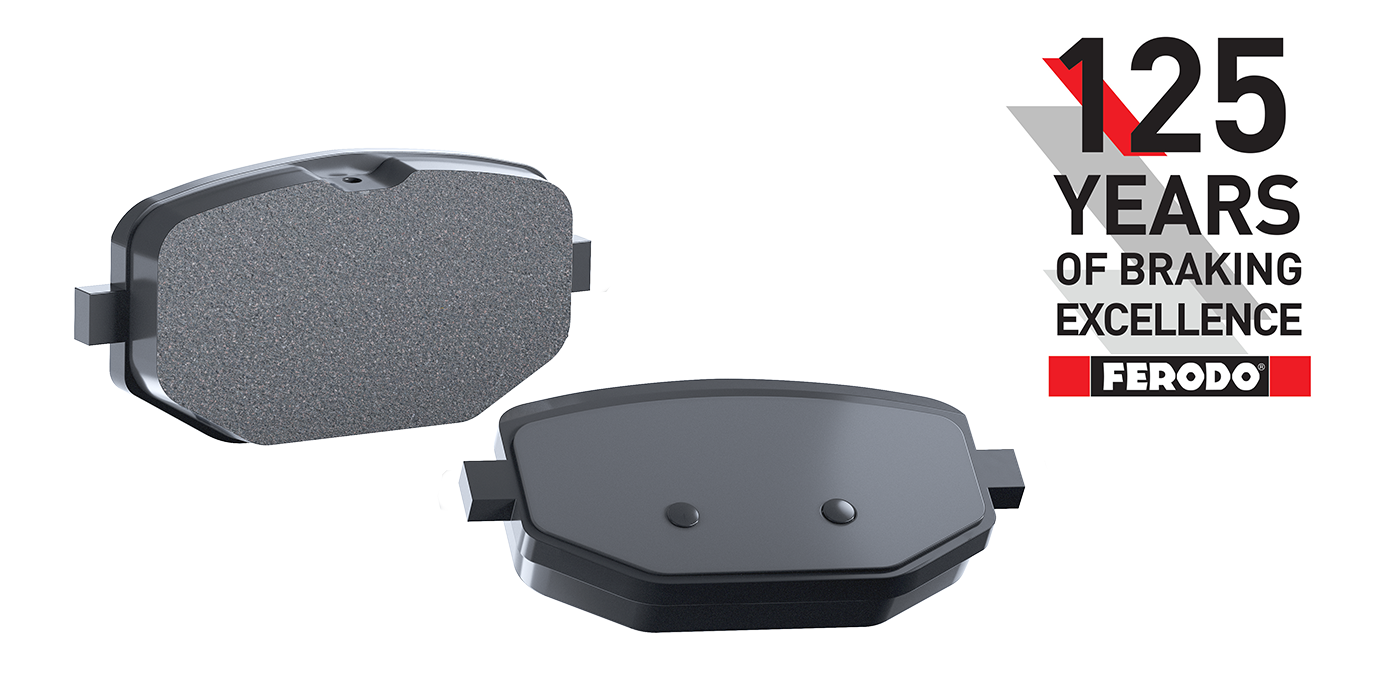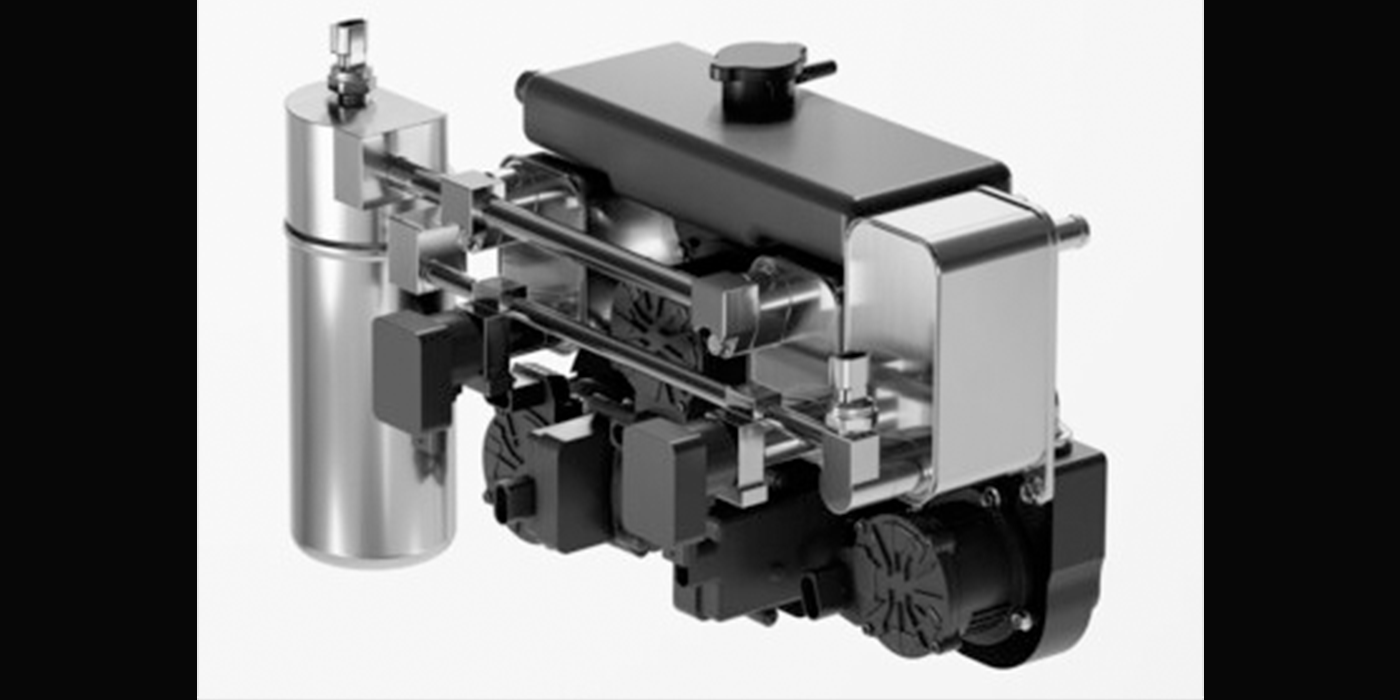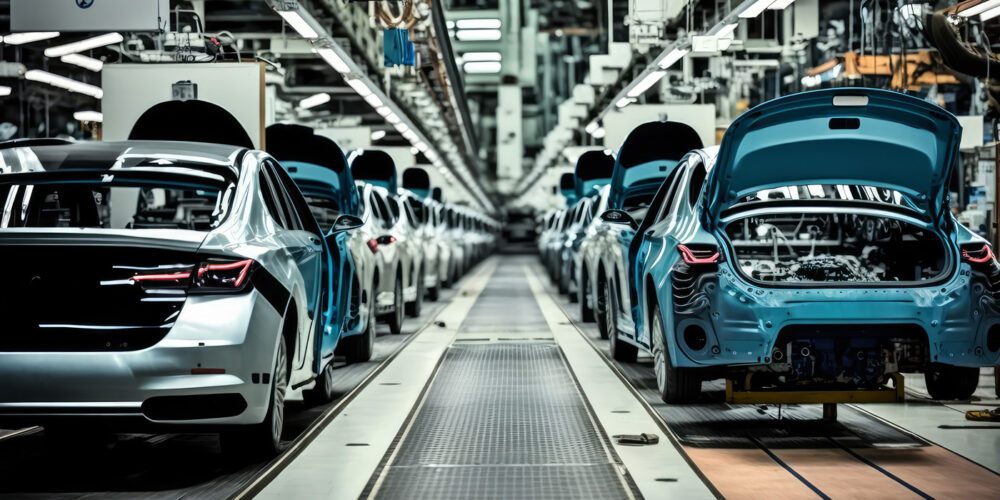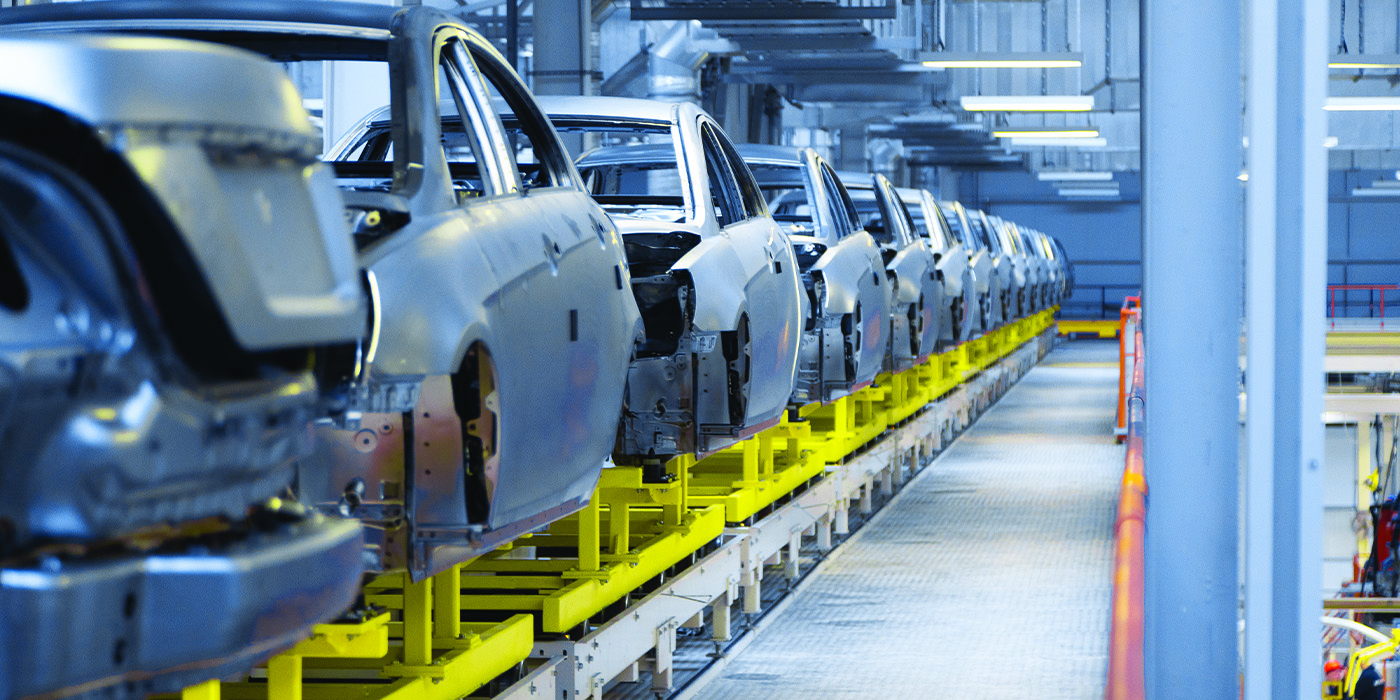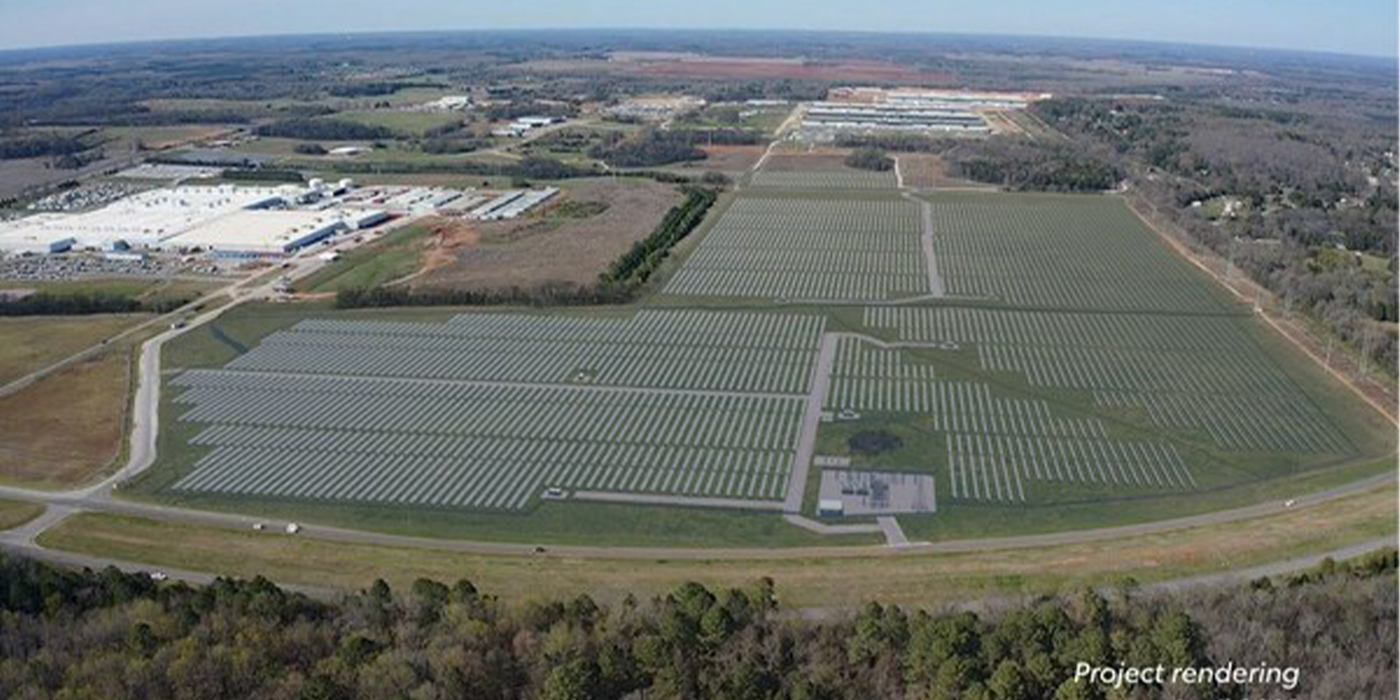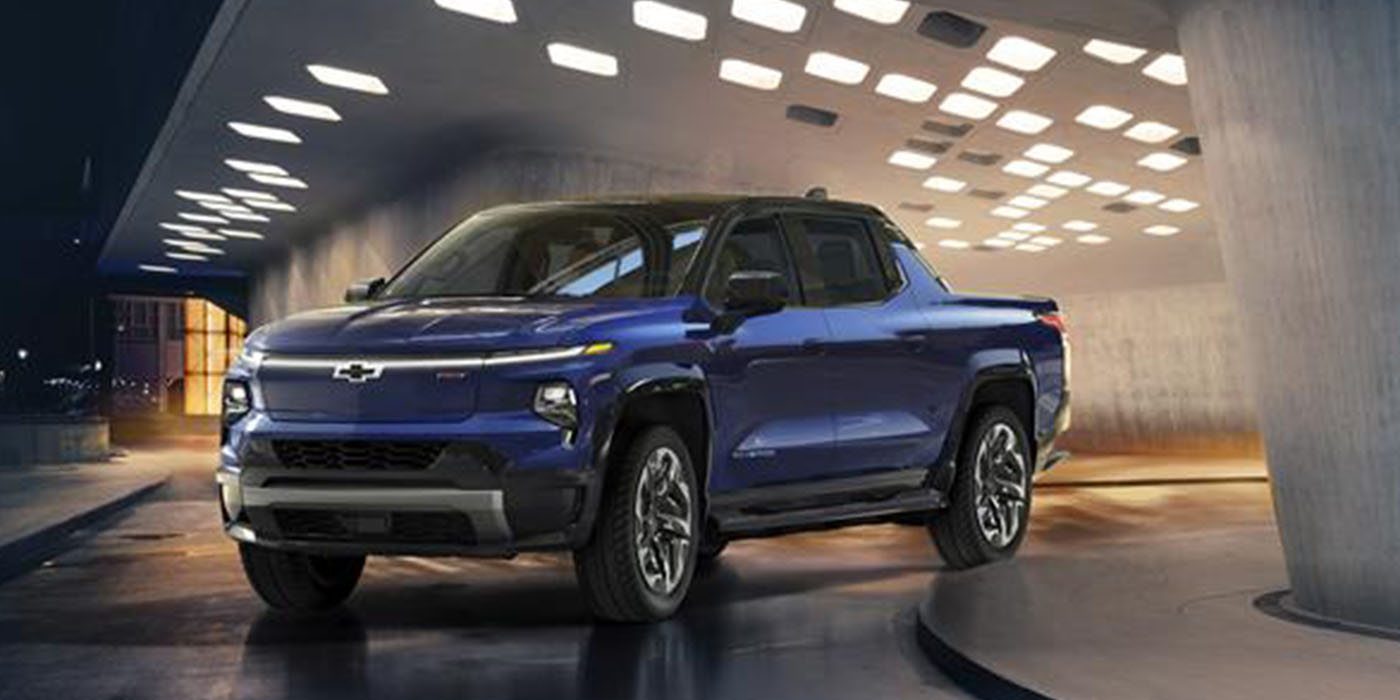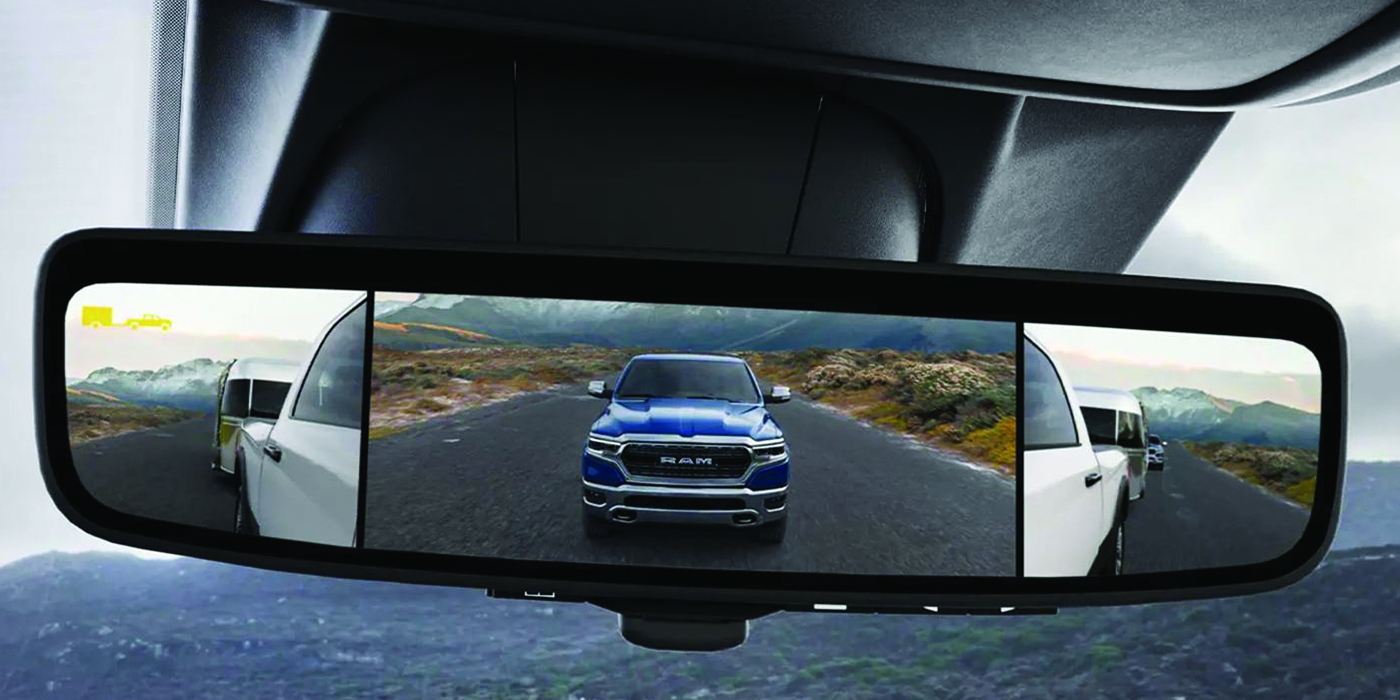DETROIT — California’s plan for sharp cuts in automotive emissions of global warming gases could eventually lead much of the coastal United States to turn to vehicles that are substantially cleaner, and by extension more fuel efficient, than those in the rest of the nation.
This year, New Jersey, Rhode Island and Connecticut have said they intend to start following California’s car rules instead of Washington’s. New York, Massachusetts, Vermont and Maine already do so.
Together, these seven states, along with California, account for nearly 26 percent of the nation’s auto market, according to R. L. Polk, a company that tracks auto registrations. Other states are also considering joining. One reason is that many states are now out of compliance on federal ozone emission regulations and see car tailpipes as a solution. Canada is also considering a similar approach on global warming.
Automakers from Detroit to Tokyo are concerned that these states, and potentially Canada, could form a potent bloc that has more demanding regulations than the rest of the country.
“It would be a logistical and engineering challenge, and a costly problem,” said Dave Barthmuss, a spokesman for General Motors. “It’s more cost effective for us to have one set of emissions everywhere.”
Many steps remain before all this happens. But this week, the first details of California’s plan, which is still in its early stages, were made public. The plan would require automakers to cut global warming emissions from their new vehicles by 29.2 percent over the next decade, phasing in from the 2009 to the 2015 model years.
California regulators are adamant that the plan is not a fuel economy measure because the federal government has authority over that issue.
“This agency is required by law to address air pollution that affects public health,” said Jerry Martin, a spokesman for the California Air Resources Board. “We only adopt emissions regulations,” he said, adding that the plan “was never intended” to be a fuel economy regulation.
There is no filter for carbon dioxide and other gases linked to climate change, in the way that catalytic converters can filter smog-forming particles. The only way to cut global warming emissions from cars is to use less fossil fuel.
Thus, the proposed cuts in emissions would have the side effect of requiring automakers to increase fuel economy by a range of mid-30 percent to mid-40 percent, experts say.
The national fuel economy average for new passenger vehicles was 20.7 miles a gallon in the 2003 model year, according to the Environmental Protection Agency, down from a peak of 22.1 miles a gallon in 1987. A mid-30 percent improvement would put average fuel economy above 27 miles a gallon, meaning that cars, sport utility vehicles and pickup trucks, taken together, would have to average the mileage of a Volkswagen Jetta.
Such mileage is already achievable in larger vehicles, though the question is at what cost. Ford’s new Escape hybrid S.U.V., coming out in the fall, is projected to get more than 30 miles a gallon.
Automakers say such objectives would be extremely difficult and costly to achieve across their vehicle fleets. Eron Shosteck, a spokesman for the Alliance of Automobile Manufacturers, cited a recent study that showed fuel economy remained far down on most shoppers’ priority lists.
Other surveys, however, show high gas prices are making fuel economy a top-of-the-mind issue. And fuel-efficient hybrid electric cars have become sought after; many areas now have a six-month waiting list for the Toyota Prius.
Environmentalists say automakers would not even need technology as advanced as hybrid cars to meet the proposed California rules but could use combinations of simpler technologies and also curb horsepower. Over the last two decades, the average vehicle has doubled to about 200 horsepower from 100.
“I feel very confident about these kinds of numbers, in terms of technical feasibility,” said John DeCicco, an engineer and a senior fellow at Environmental Defense, an environmental group. “It’s a matter of optimally designing for efficiency as opposed to yet another round of horsepower wars.”
The California Air Resources Board estimates the changes would add $1,047 to the cost of a vehicle by 2015, though additional upfront costs would be mitigated over time at the gas pump.
California’s plan faces a long regulatory and legislative review process that will continue through next year.
And two considerable legal hurdles loom.
First, the E.P.A. recently ruled that carbon dioxide is not an air pollutant, which effectively meant that the agency decided it did not have authority to regulate global warming gases. California and other states, along with environmental groups like the Sierra Club, have sued to overturn the decision. The matter will be an important one because the E.P.A.’s decision could undercut California’s ability to regulate global warming gases.
Second, the auto industry is expected to sue to block California’s regulation from taking effect under the argument that it is pre-empted by the federal government’s authority to regulate fuel economy.
There is also a question of whether states that use California car rules would automatically have to adopt the new regulations.
California has the authority to set its own air-quality rules because its rules predate the Clean Air Act. Other states can opt in to California’s rules or stick with Washington’s. Generally, they are not allowed to modify California’s approach because that would create three sets of rules for the industry to deal with.
Legal experts said states that follow California’s rules would most likely have to adopt California’s new plan eventually or return to federal standards.
One state, New York, has indicated that it will follow California.
“Let’s work to reduce greenhouse gases by adopting the carbon dioxide emission standards for motor vehicles which were recently proposed by the State of California,” Gov. George Pataki said in his state of the state address last year.
This week, Mike Fraser, a spokesman for New York’s Department of Environmental Conservation, said, “New York State is still committed to that goal.”
Today, automakers generally certify all their light-duty vehicles to meet standards in all 50 states because the separate regulations are not far apart. But they have made cars to different emissions standands for different states in the past.
“It certainly complicates things in terms of planning and distribution and lots of issues,” said Michael Love, national regulatory affairs manager for Toyota.
Roland Hwang, a senior policy analyst at the Natural Resources Defense Council, said, “Two cars are unfair, but it’s unfair because all consumers won’t have the opportunity to drive the cleanest vehicle possible.”
“If they only want to make one car,” he said, “clearly it should be a clean car, and that’s the California car.”
by Danny Hakim
Managing Editor, New York Times
_______________________________________
Click here to view the rest of today’s headlines.



